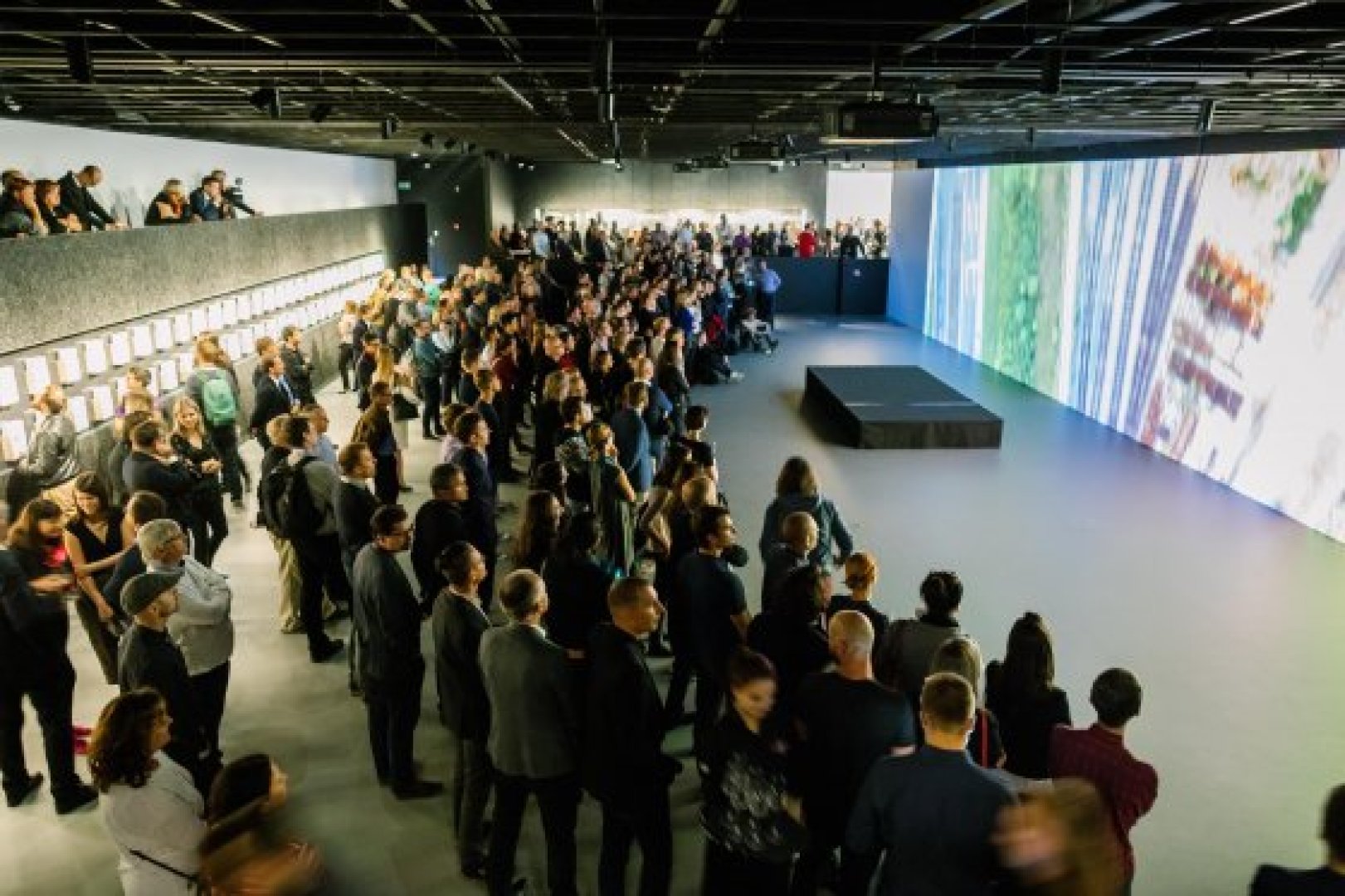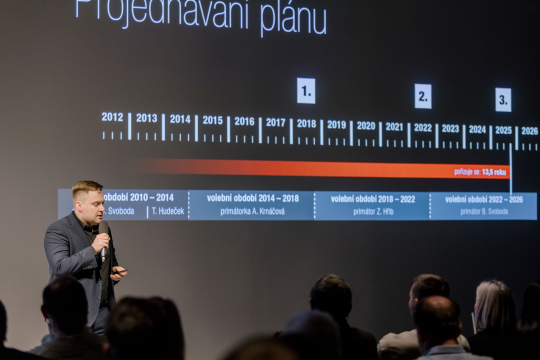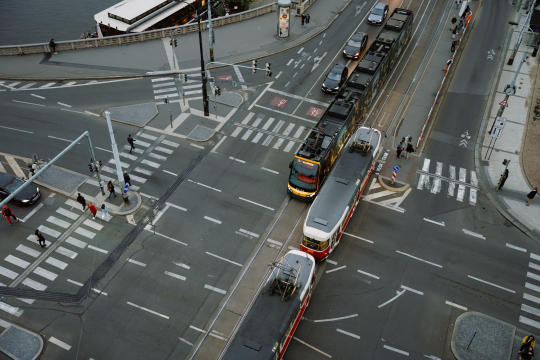Prague's Future is Projected on a 25-Metre-Long Screen in New Information Centre
Residents of Prague can now visit the new Centre for Architecture and Metropolitan Planning (CAMP). The city’s new information centre is equipped with unique projection technology that will make it possible to show the future appearance of streets at a scale of 1:1.

“CAMP is a place where discussions about the future of Prague will take place. I am pleased that the city finally has such premises. I believe that thanks to CAMP, it will be possible to foster intensive debate on the spatial development underway in the capital,” says Prague Mayor Adriana Krnáčová.
Prague will use the new information centre to share information about future projects that could change the face of the city. CAMP occupies a space of 300 sqm and is dominated by a 25-metre-long wall that serves as a projection screen. The screen will be used to present various projects—from private development projects and the results of architecture competitions, to street revitalisations and brownfield development studies—in the form of moving graphics. Images from drones and time-lapse recordings of life in the streets will also be part of exhibitions held there.
“We will show new construction projects in a wider context, including their impact on their surroundings,” explains IPR Prague Director, Ondřej Boháč. “Projects of importance for the whole city will be displayed here repeatedly. We would like to ensure that the residents of Prague don’t feel left out of processes that will influence the future appearance of the city they live in.”
CAMP also houses an amphitheatre with seats for up to 100 spectators, which can be used as a cinema or lecture hall. There is also a café and the PageFive bookshop, which sells publications about the city, architecture and urban planning. Similar publications can also be found in the study hall.
The first exhibition held at CAMP was entitled Praha zítra? / Prague Tomorrow? It presented a selection of construction projects that are in the planning stages and was curated by architecture critic Adam Gebrian. In mid-October, the exhibition made way for a presentation of the results of the design competition for new street furniture for the city. This was followed by an exhibit on the Smíchov City project, which is ongoing. Regular screenings at KINO CAMP and a series of UrbanCafé debates and UrbanTalks lectures are being held in parallel.
“We feel there is a desire for discussion, but we still don’t know how people will respond: will they prefer to receive specific information about various projects or will they want to discuss urbanism and architecture generally? Will investors realise that this is a valuable opportunity for them to obtain feedback? That is why we are leaving all options on the table. We can organise exhibitions full of information, but also educational programmes for schools and perhaps even face-to-face meetings with investors,” adds Boháč.
“We would like Prague to be open to its residents and let them see its hand. CAMP should also be as open as possible. We are confident that the residents of Prague will soon find their way to us,” concludes Petra Kolínská.
For more information, visit praha.camp. Follow us on facebook.com/camppraha, too!
[[psyoGallery:album_id=52]]
Mohlo by Vás také zajímat

Pražané se mohou dozvědět víc o návrhu Metropolitního plánu, čekají je dvě veřejná projednání

Metropolitní plán přináší rychlejší výstavbu významných plánovaných dopravních staveb

